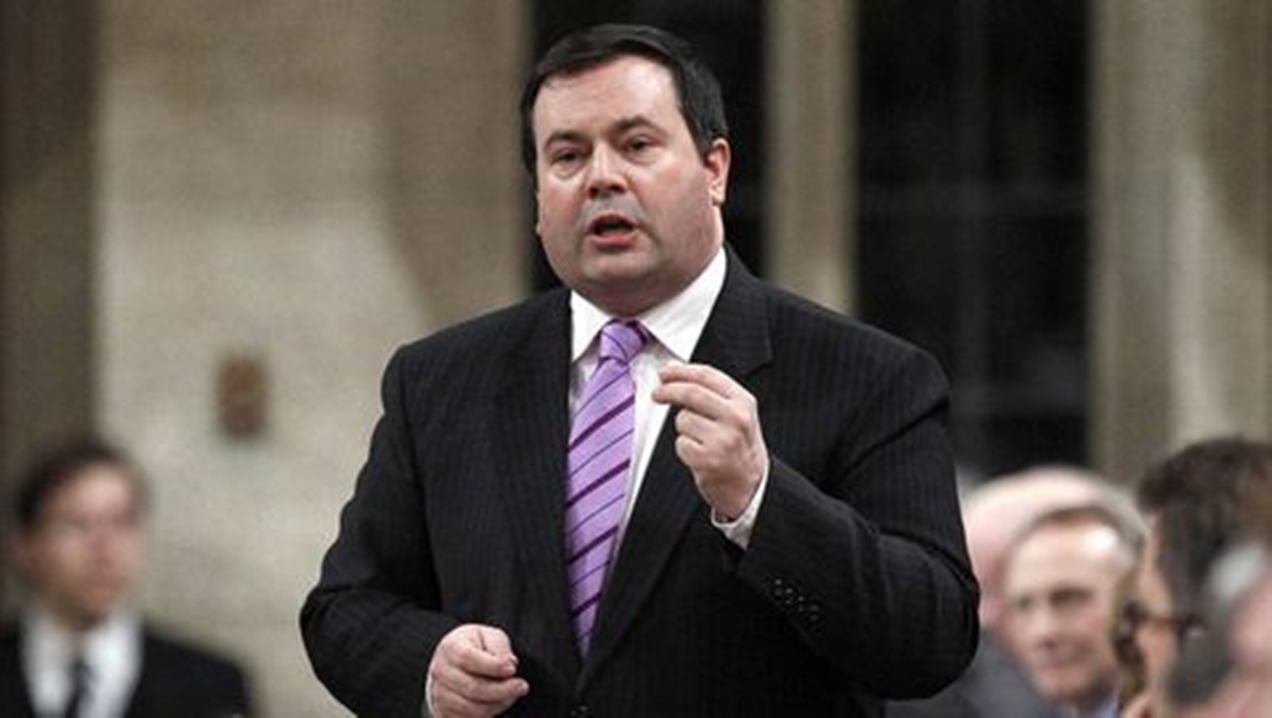More Economic Immigrants Taking Advantage of (CEC)Fast Track
Canada is attracting increasing numbers of a new class of economic migrants, one that is already changing the face of the immigrant experience in this country.

The Canadian Experience Class program fast tracks permanent residency applications for skilled foreign workers and graduate students who have spent time in Canada on temporary permits or student visas.
This type of economic immigrant class, unveiled three years ago, was the first new avenue to obtaining a permanent residency card in decades.
The number of foreigners admitted under the Canadian Experience Class program is expected to rise to 7,000 in 2012 from 2,545 in 2009, Immigration Minister Jason Kenney announced Wednesday. It is currently the Department of Citizenship and Immigration’s fastest-growing immigration program.
The initiative is perhaps Canada’s most hard-nosed effort to place a premium on newcomers whom Ottawa believes fit best into Canada’s economy, removing obstacles for a class of immigrants that Mr. Kenney calls “the most likely to succeed.”
“We should pick the best and brightest and seek to attract them in what is increasingly a global marketplace for human capital,” he said.
The program targets temporary foreign workers already in Canada and non-Canadians who have graduated from universities and colleges here, people who have proven they can integrate into society and meet labour market needs.
Before it was created, highly skilled outsiders could not become permanent residents from within Canada. “We’d tell them to leave the country because their temporary foreign work permit or student visa had expired” after they’d completed two years of contract work here or obtained a degree at a Canadian university, Mr. Kenney recalled.
“And if they wanted to immigrate, we’d say, ‘Great, get in the queue of the federal skilled worker program,’ where processing times were up to seven years.”
Canada was forced to bring in the new program because of a global race for talent with rival destinations such as Australia and the United Kingdom, which had similar programs.
The new program has made a difference for people like Goomaral Chukhalkhuu of Mongolia, who is now a permanent resident. These days, the 25-year-old daughter of a Mongolian diplomat is a manager of small-business accounts at a Royal Bank in Ottawa.
Ms. Chukhalkhuu, saluted by Mr. Kenney on Wednesday as the 10,000th person admitted through the Canada Experience Class program, said the initiative was a perfect solution for her.
“It made it a lot easier, smoother and more efficient for me to become a permanent resident,” she said. “For me to go [to Mongolia] and never come back, for me was not an option.”
Ms. Chukhalkhuu, who obtained an honours bachelor’s degree in international business from Carleton University, said it made sense to ease the immigration process.
“I already studied here. I already speak the language, both French and English, so it makes it easier for both me and Canada,” she said.
While the Canadian Experience Class program is growing rapidly, it’s fallen short of what Ottawa originally anticipated.
Back when it announced the program in 2008, the government said it expected to grant permanent resident status to 8,000 economic immigrants in the first year. However, only 2,545 were admitted in 2009, the first full year under the initiative.
Immigration lawyer Richard Kurland suggested the mandatory language proficiency test that now forms part of the Canadian Experience Class application is a deterrent.
He suggested potential Canadian Experience Class applicants instead applied for residency through provincial programs – in British Columbia, for instance – that did not have the same language test.
Mr. Kenney said on Wednesday that Canada expects to admit 254,000 immigrants this year in total.
“We’re maintaining the highest per capita levels of total immigration in the developed world with, I think, the sole exception of New Zealand,” he said.
STEVEN CHASE
OTTAWA
From Thursday’s Globe and Mail





